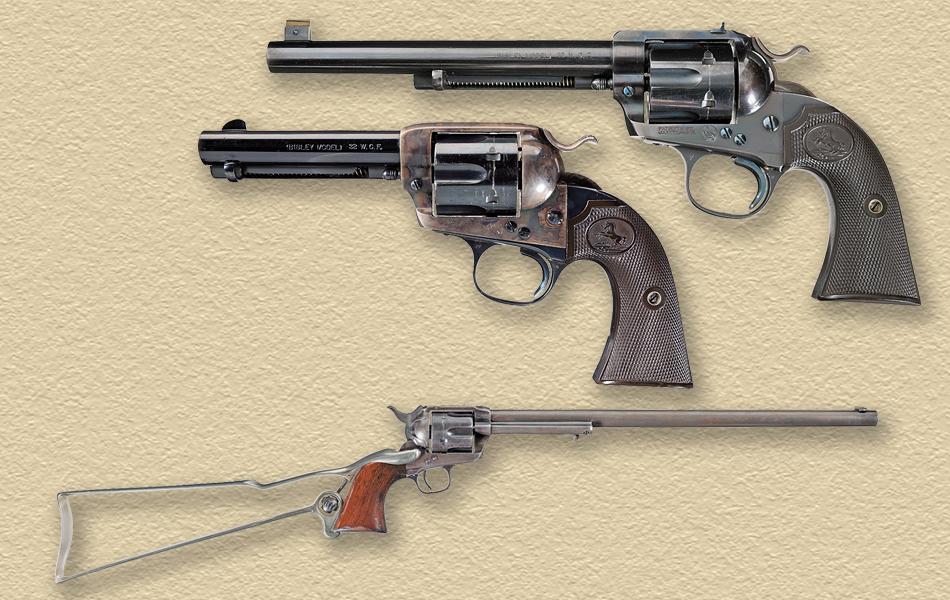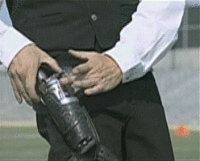Tags:
Replies to This Discussion
-
Permalink Reply by Captain on September 20, 2017 at 8:05pm
-

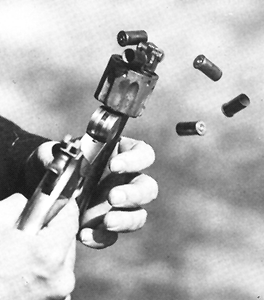

There was a saying and song about a Colt revolver being fast enough to get you into trouble but the Smith&Wesson was fast enough to get you out of trouble.
-
-
Permalink Reply by P. Aloysius Regnad on September 23, 2017 at 5:17am
-
-
Permalink Reply by Captain on September 23, 2017 at 9:52pm
-
I just needed to find something to spend more money on. ;-) Our Walmart even closed here.
-
-
Permalink Reply by P. Aloysius Regnad on September 24, 2017 at 2:30am
-
Your Walmart closed? Horrible! This does not bode well for American capitalism! Heh.
But anyway, it's a really nice replica gun. The only problem is the same one that all BB, and airsoft replica guns share. Plastic grips. I'm certain that someone with the proper woodworking skills could make something more authentic, but no one seems to be doing so. Sad, really.
-
-
Permalink Reply by Captain on September 21, 2017 at 12:22pm
-
http://galleryhip.com/steampunk-colt-revolver.html
Since they borrowed a picture of mine I should at least share their link. ;-)
-
-
Permalink Reply by Captain on September 21, 2017 at 7:45pm
-
The above picture shows some of the Colt .36 calibre cap&ball revolvers. These are strong and straight shooters since you have a very long site picture (the rear site is on the top of the cocked hammer) and you are siting right down the bullet.
One of the main Colt competitors during the ACW was Remington. The 1858 was not quite as strong as the contemporary Colt revolvers which featured a substantial hardened cylinder post rather than the relatively thin cast metal Remington full frame. Most loading instructions call for maximum charges of 2 grains less than a Colt Army in the same .44 calibre.
Remington was offered to the Army much cheaper though and many soldiers liked the feel too. Clint Eastwood made the reloading advantage famous.
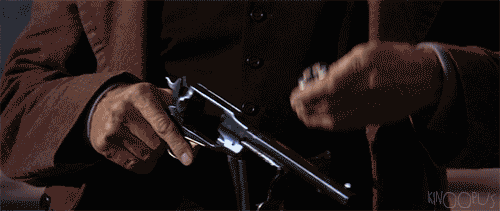
The historical problem was that Remington does not seem to have sold separate cylinders. Later, this feature made it simple and cheap to convert old C&B revolvers to closed cartridges.
There was and is a carbine version but its popularity was short since it only held 6 rounds compared to the 10+ in most Winchesters and the black powder nipples spit right into your eye. This was a problem with the detachable stocks on other C&B revolvers too but these stocks roughly converted your accurate range from feet to yards.
-
-
Permalink Reply by Captain on September 22, 2017 at 5:15pm
-

These cap&ball revolvers were a product of French cottage craftsmen so they usually varied from .41 to .45 calibre and about a 16 gauge shotgun in the center. So an impressive 9 revolver rounds and a 10th shotgun round for close quarters. Despite the exacting milling requirements these varied in style. Many were sold to the Confederacy during the ACW. Eventually closed cartridge (pin fire) versions were produced.


The LeMat reproductions are some of the best made black powder revolvers if a little dear. There is at least one metal non-firing reproduction manufactured which has become very popular in SP.

-
-
Permalink Reply by Captain on September 23, 2017 at 1:12am
-

http://25.media.tumblr.com/1b96e50c7dde726692796e553ac36aef/tumblr_mfk3n3yfhT1r3gb3zo1_400.gif" alt="Image result for apache revolver gif"/>
-
-
Permalink Reply by P. Aloysius Regnad on September 23, 2017 at 5:39am
-
-
Permalink Reply by Captain on September 26, 2017 at 8:16pm
-

Christian Sharps got his start in the gun making business by working at the Harpers Ferry Arsenal. The first Sharps firearm was patented in 1848, and by 1850, the first models of Sharps Sporting Rifles were being made in Mill Creek, Pennsylvania by the firm of A. S. Nippes. In 1851, a new breechloader was being made in Windsor, Vermont by the firm of Robbins & Lawrence. Rifle production continued in Vermont while a new Sharps Rifle Manufacturing Company was formed in Hartford, Connecticut. In 1855, manufacturing was moved to Hartford and continued until 1876. Operations were then moved to Bridgeport, Connecticut until 1880. Although the Sharps Rifle Manufacturing Company bore his name, Christian Sharps was not the principal owner. In 1854 he began his own C. Sharps & Company to make his own handguns. He formed a partnership with William Hankins in 1862. Sharps & Hankins manufactured four-barrel pepperboxes and single-shot breech loading rifles and carbines. That partnership ended in 1866. Christain C. Sharps & Company ceased operations with Sharps' death in 1874.
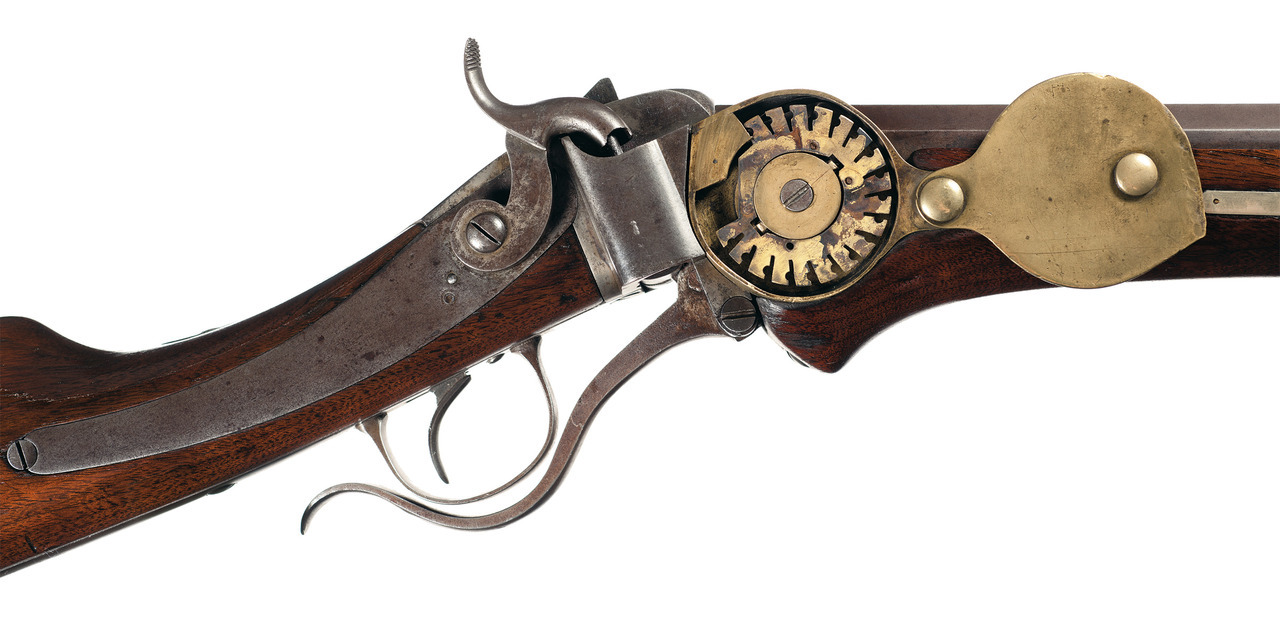
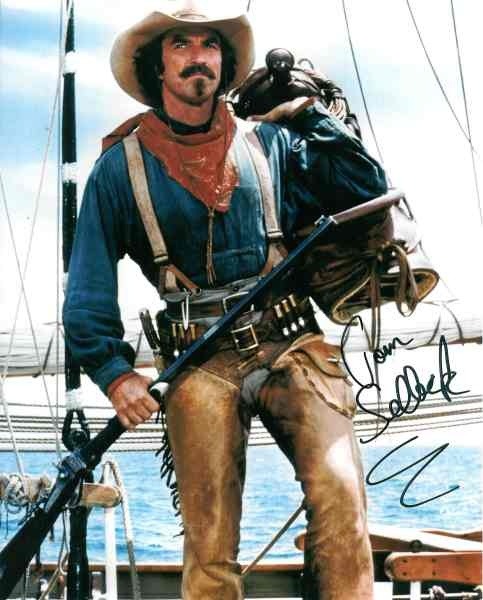
Tom Selek had the privilege of co-starring with a customized Sharps in Quigley Down Under.

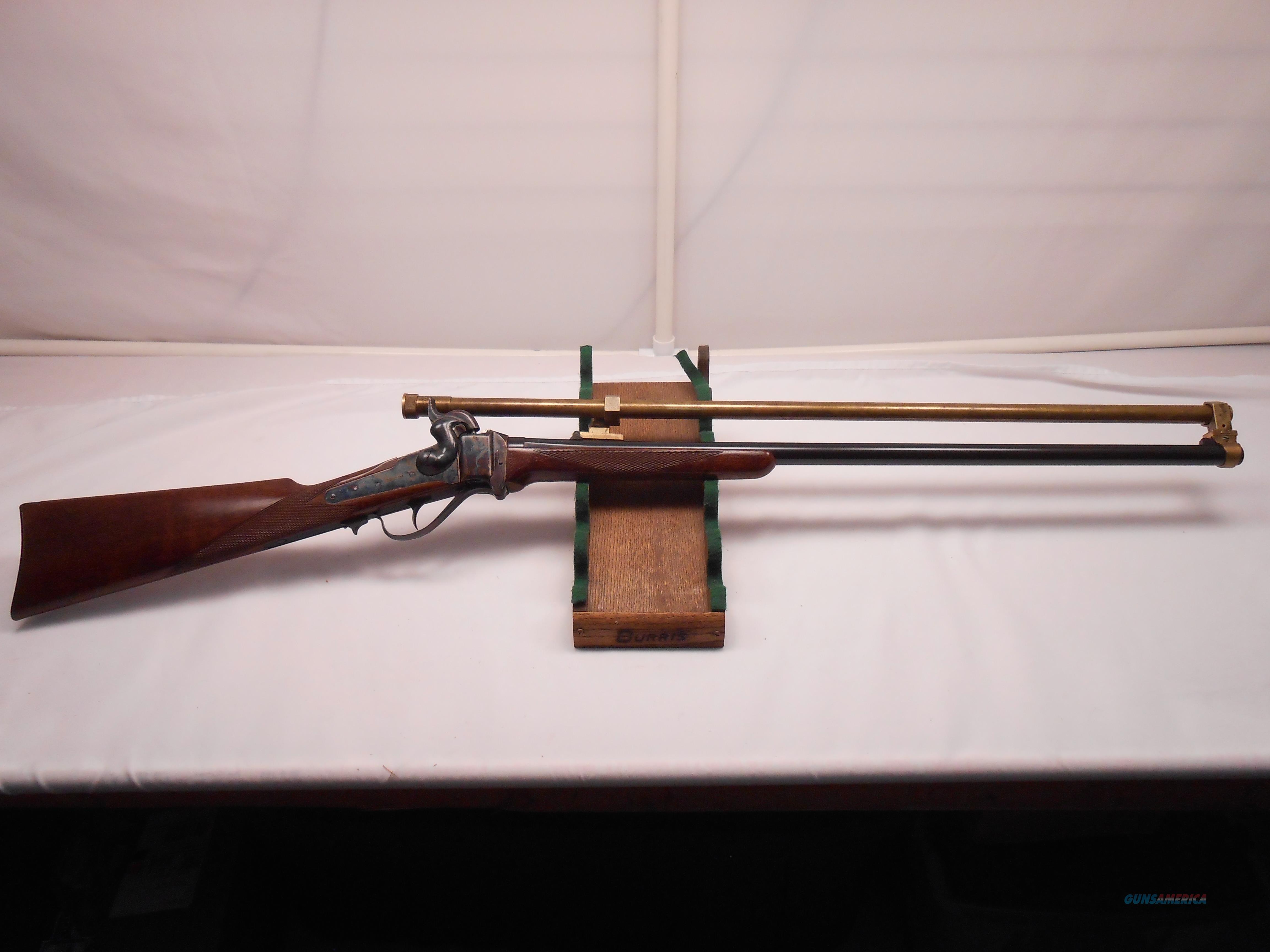
-
-
Permalink Reply by Captain on May 21, 2018 at 8:27pm
-


One of our local CA shooters just showed up with one of these little gems. A widow found it in the rafters of her house along with a couple early 20th century revolvers. She hates guns and her late husband apparently hid a few just in case. She gave this fellow this little 4-shot derringer, which was just parts in a bag, in exchange for selling the other guns for her.
These were sold in very large numbers by the same company famous for making the intimidating Sharps rifle/carbine. It has a clever little firing pin that rotates to a different quarter each time you cock the hammer back. You need a stick to push the spent .22 shorts out but that was not uncommon for early revolvers.
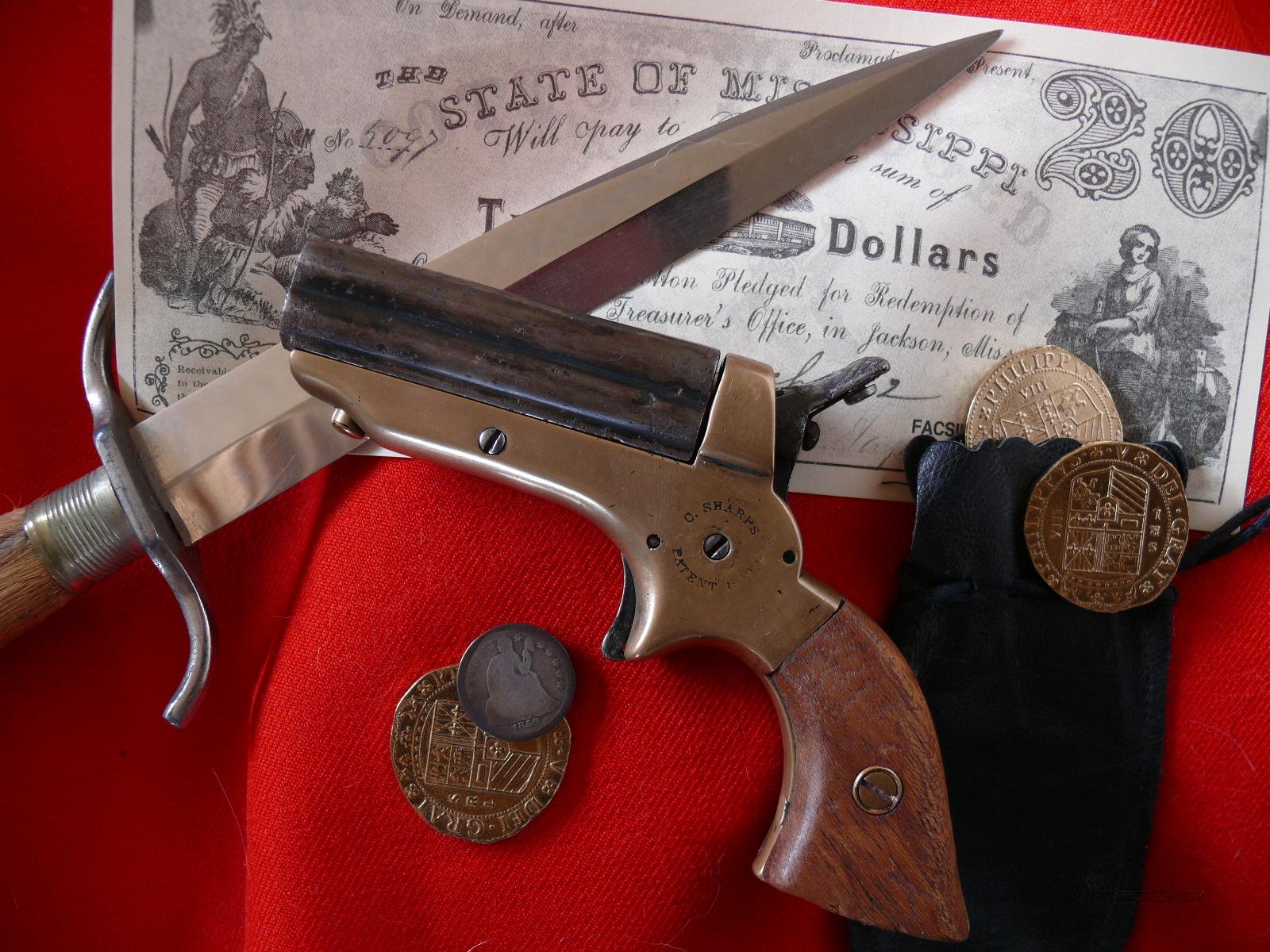
https://truewestmagazine.com/an-ace-in-the-hole/
patented in 1849 and produced in 1859. This is a nice little YouTube video: https://www.youtube.com/watch?v=5k--QgN38HY (You're going to want one of these. ;-))
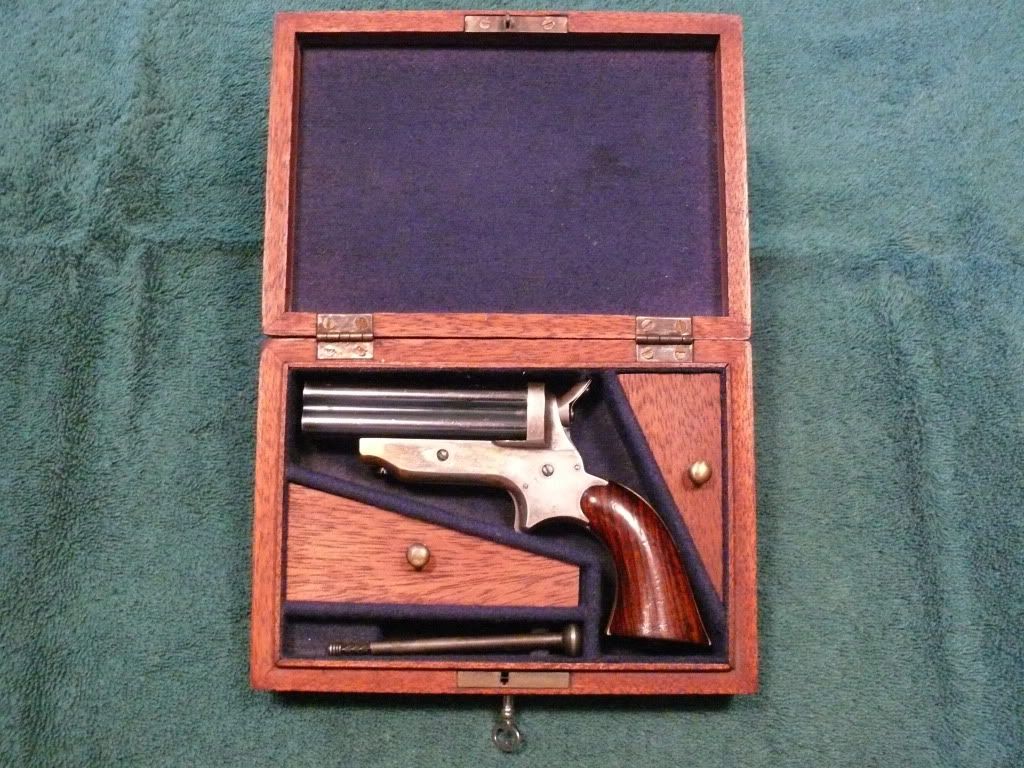
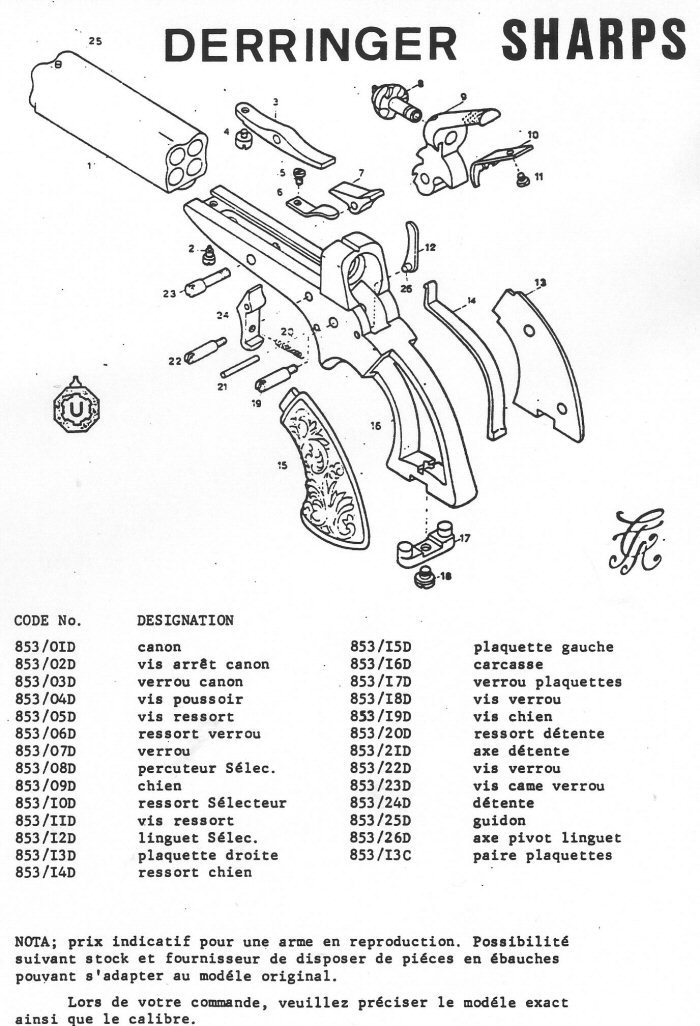
-
-
Permalink Reply by P. Aloysius Regnad on May 21, 2018 at 11:22pm
-
I've always liked the Sharps 4 barrel pocket pistols. There's another historical article about the pistols, and Christian Sharps here .
I don't have one, but I do have the replica State of Mississippi $20 bill that appears in one of the above pictures. Heh.
-
© 2025 Created by Alexander Baker.
Powered by
![]()

